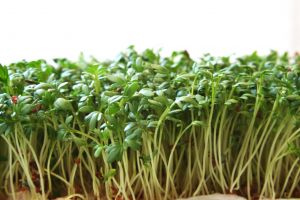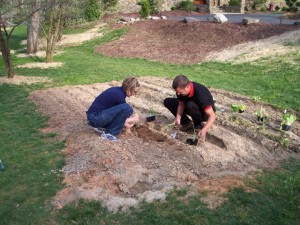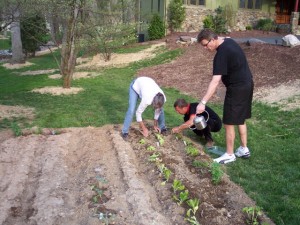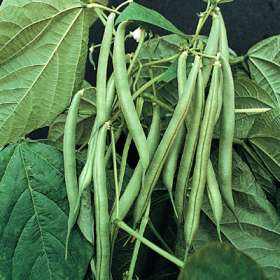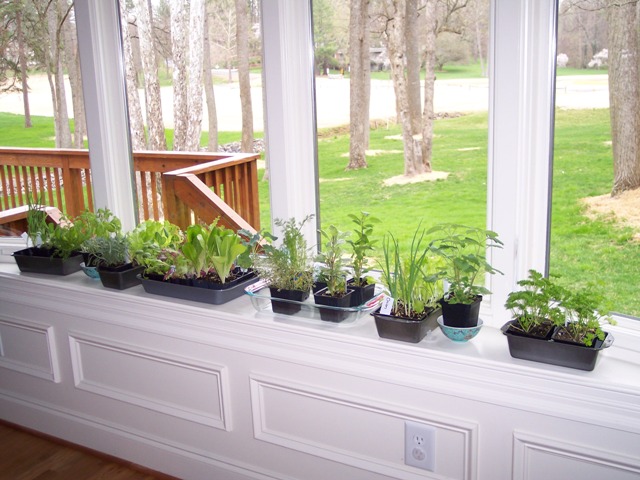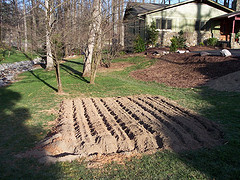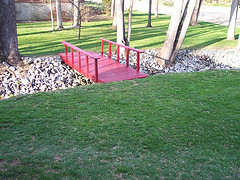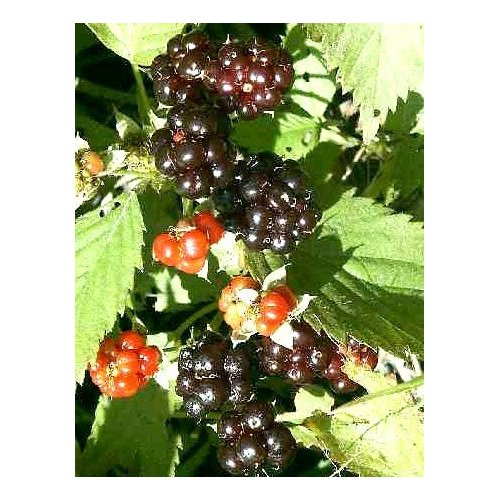
April 2010
1st-3rd. Good Days For Planting Beets, Carrots, Radishes, Turnips, Peanuts, And Other Root Crops. Also Good For Cabbage, Cauliflower, Lettuce, Kale, Celery, And Other Leafy Vegetables. Start Seedbeds.
4th-5th. Barren Days. Do No Planting.
6th-8th. Favorable Days For Planting Beets, Carrots, Turnips, Radishes, Onions, And Other Root Crops.
9th-10th. Excellent Time To Kill Weeds, Briars, Poison Ivy, And Other Plant Pests.
11th-13th. Favorable Days For Planting Root Crops, Extra Good For Vine Crops. Set Strawberry Plants.
14th-15th. Poor Planting Days. Break Ground Or Cultivate.
16th-17th. Favorable For Planting Beans, Corn, Cotton, Tomatoes, Peppers, And Other Above Ground Crops.
18th-19th. Poor Days For Planting, Seeds Tend To Rot In Ground.
20th-21st. Plant Tomatoes, Beans, Peppers, Corn, Cotton, And Other Above Ground Crops On These Most Fruitful Days. Plant Seedbeds. Start Flower Gardens.
22nd-25th. Grub Out Weeds, Briars, And Other Plant Pests.
26th-28th. First Two Days Good For Planting Corn, Melons, Squash, Tomatoes, And Other Above Ground Crops. Last Day Favorable For Planting Root Crops. All Days Favorable For Sowing Grains, Hay And Fodder Crops, And For Planting Flowers
29th-30th. Good Days For Planting Beets, Carrots, Radishes, Turnips, Peanuts, And Other Root Crops. Also Good For Cabbage, Cauliflower, Lettuce, Kale, Celery, And Other Leafy Vegetables. Start Seedbeds.

